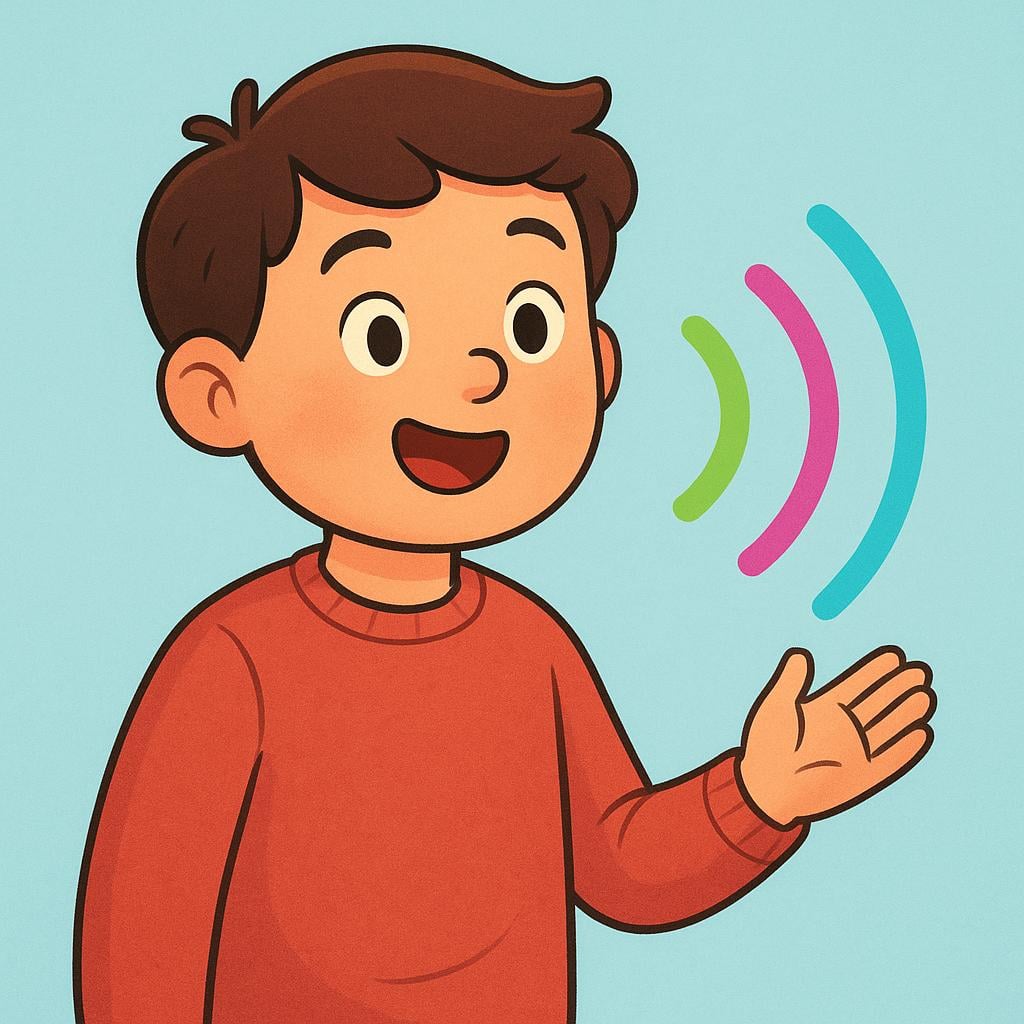
hablo
/AH-bloh/
Quick Reference
📝 In Action
Hablo español y un poco de inglés.
A1I speak Spanish and a little bit of English.
No hablo mucho en las mañanas.
A1I don't talk much in the mornings.
Hablo con mi madre todos los días por teléfono.
A2I talk with my mother every day on the phone.
¿Sobre qué hablo en la presentación?
B1What do I talk about in the presentation?
💡 Grammar Points
The 'Yo' (I) Form
'Hablo' is how you say 'I speak' or 'I talk'. In Spanish, verbs change their ending for each person. That '-o' ending is your signal for 'I'.
Leaving Out 'Yo'
Because the '-o' ending on 'hablo' already means 'I', you can often leave out the word 'yo' (I). Saying 'Hablo español' sounds more natural than 'Yo hablo español'.
❌ Common Pitfalls
Mixing up 'I speak' and 'He/She speaks'
Mistake: "Mi amigo hablo español."
Correction: Mi amigo habla español. Remember, the '-o' ending is only for 'I'. For 'he', 'she', or 'you (formal)', the verb ends in '-a'.
⭐ Usage Tips
One Word, Three Meanings
In English you have 'I speak', 'I am speaking', and 'I do speak'. In Spanish, 'hablo' can mean all three! The situation you're in makes the meaning clear.
🔄 Conjugations
indicative
present
preterite
imperfect
subjunctive
present
imperfect
✏️ Quick Practice
💡 Quick Quiz: hablo
Question 1 of 1
Which sentence correctly uses 'hablo'?
📚 More Resources
Frequently Asked Questions
What's the difference between 'hablo' and 'digo'?
'Hablo' is about the act of speaking or talking in general ('Hablo español' - I speak Spanish). 'Digo' (from the verb 'decir') is about saying something specific ('Digo la verdad' - I tell the truth). Think of it as 'I talk' vs. 'I say'.
Why is the 'h' in 'hablo' silent?
In Spanish, the letter 'h' is almost always silent. It comes from the Latin letter 'f', which changed its sound over hundreds of years. So even though it's written, you don't pronounce it. Just start with the 'a' sound: /AH-bloh/.